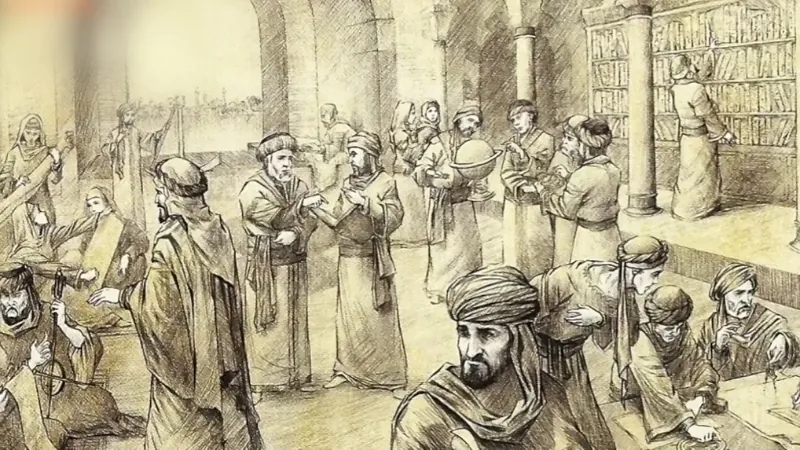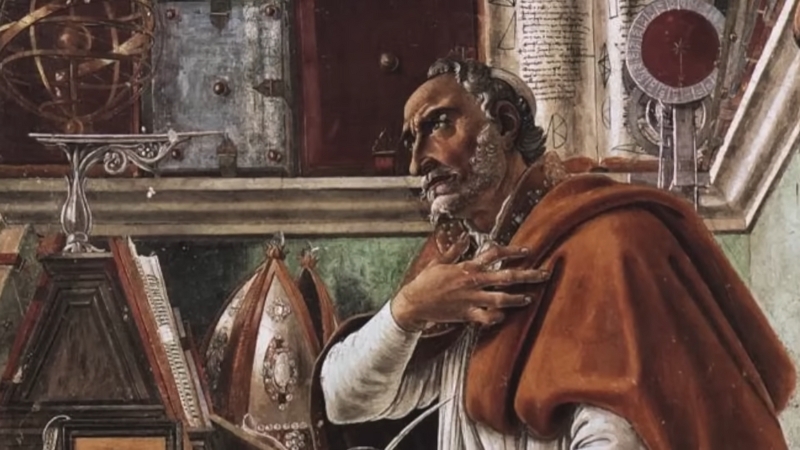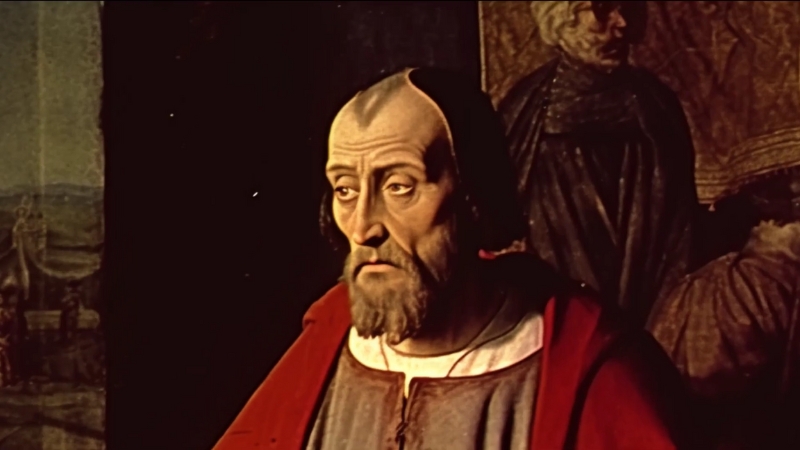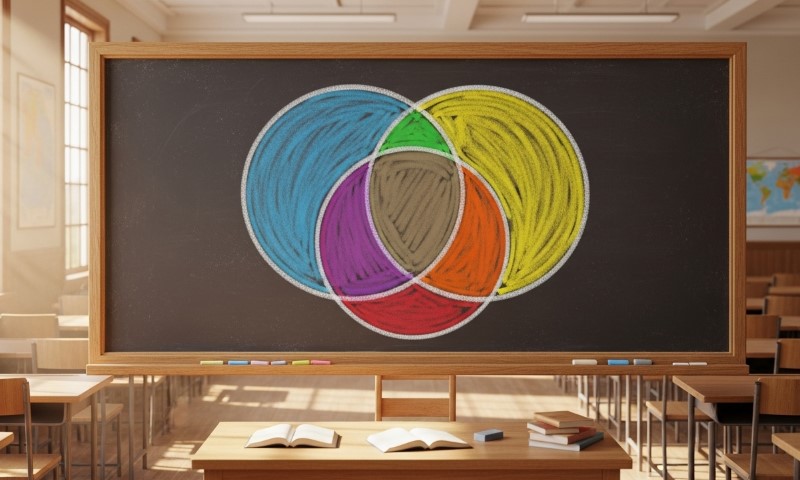
Share Post:
Mathematics and religion have long interacted, not as conflicting forces, but as mutual engines driving abstract thought.
Faith-based worldviews shaped intellectual curiosity and influenced the nature of questions scholars posed.
In different historical periods and civilizations, theological motivations often catalyzed developments in number theory, geometry, and logic.
What follows is a study of five religious scholars whose devotion to faith directly fueled significant advances in mathematical thought.
5. Omar Khayyam (1048–1131 CE)
Persian polymath Omar Khayyam operated in a scholarly setting where mathematics was seen as a sacred endeavor.
His work extended al-Khwarizmi’s algebra, moving into classification and geometric solutions for cubic equations. Mathematical inquiry, in his view, reflected the structured harmony embedded in creation.
To emphasize key contributions, consider the following:
Khayyam viewed numerical structures not as isolated constructs, but as mirrors of oneness. Mathematical truths became symbolic references to divine order, helping the mind reflect on metaphysical unity.
Influenced by Islamic philosophy, he emphasized disciplined reasoning and logical analysis. Rational structure, not speculative mysticism, guided his scholarship.
If you’re looking for meaningful work that combines faith and intellect, explore online Quran teaching jobs, where sacred learning continues in the digital age.
His vision did not separate science and faith. He positioned algebra as a spiritual discipline capable of revealing the deeper structure of existence. Inquiry into numbers and space became a method for aligning human thought with divine symmetry.
4. Augustine of Hippo (354–430 CE)

Augustine, Bishop of Hippo and foundational figure in early Christian theology, brought mathematical inquiry into conversation with spiritual philosophy. He did not treat numbers as neutral tools but as reflections of something eternal and divine.
Drawing from Platonic realism, he argued that mathematical truths exist within the eternal mind of God, not within the material world.
To illustrate how he framed mathematics in service of faith, consider the following core views he held:
- Numbers and geometric principles reside in God’s mind, not created but discovered.
- Proportions, symmetry, and abstract logic reveal the orderliness of divine creation.
- Mathematical forms are expressions of the Divine Word, the principle by which all creation is structured.
Augustine’s interpretation presented mathematics not as human invention but as glimpses into sacred design.
Abstract entities like numbers or shapes carried metaphysical weight under his view, inspiring generations of scholars who followed. His ideas helped early medieval thinkers frame mathematics within a theological matrix.
He promoted mystery and divine simplicity, arguing that intellectual rigor and contemplation of spiritual truth belonged to the same pursuit. To support this synthesis, Augustine championed logic as a gateway to grace. In his view, analytical reasoning did not detract from faith, it reinforced it.
3. Muhammad ibn Musa al-Khwarizmi (c. 780–850 CE)
Al-Khwarizmi’s scholarly contributions took shape under the Abbasid Caliphate, a period that celebrated intellectual activity as a form of spiritual devotion.
Motivated by Islamic teachings, particularly Quranic encouragement to pursue knowledge, he created mathematical systems that transformed how calculations were approached across civilizations.
His seminal text Al-Kitab al-Mukhtasar fi Hisab al-Jabr wal-Muqabala introduced a structured method for solving equations. Symbolic manipulation and geometric interpretation came together to form what is now known as algebra.
The influence of his methodical style remains in the very word “algorithm,” which traces its origin to his name.
Key contributions made by al-Khwarizmi include:
- Founding algebra as a formal discipline through structured equation solving.
- Introducing zero and advancing the decimal positional number system.
- Standardizing algorithms, influencing mathematical and computational methods.
- Applying mathematics to Islamic law, especially in inheritance calculations.
His work was deeply integrated with religious principles. Precision in inheritance division was not simply a mathematical requirement but a theological one, aligning calculations with divine commands.
Equations were more than tools, they were instruments of justice in accordance with sacred law.
2. Nicholas of Cusa (1401–1464)

Nicholas of Cusa, a Christian cardinal and mystic philosopher, used mathematical expression as a tool to point toward metaphysical insight.
In De Docta Ignorantia (“Learned Ignorance”), he introduced geometric approximations to highlight the limits of human cognition. When finite polygons are placed inside a circle, they can approach its circumference more closely as sides increase, but never become it.
Such imagery conveyed the idea that finite minds may draw nearer to divine perfection, though never grasp it fully.
To clarify his vision, Nicholas introduced several foundational concepts. These can be summarized as follows:
- Geometry served to model how opposites, finite and infinite, center and circumference, converge in God.
- Rather than subject sacred thought to numbers, he raised mathematical inquiry into a realm of spiritual exercise.
- Inconsistencies and uncertainties were not flaws, but reflections of deeper truths that lay beyond logic.
He turned away from the Aristotelian demand for certainty and rigid boundaries. Instead, he favored approximation, paradox, and conceptual elasticity as the honest path toward greater insight.
That philosophical orientation influenced a shift among later scholars toward thinking in terms of limits and relations rather than static absolutes.
Ideas present in his work foreshadowed key aspects of calculus. Infinitesimals, the unknowable, and shifting boundaries in knowledge, all found early expression through his theological-mathematical lens.
His synthesis became a quiet but enduring influence in shaping later philosophical and scientific thought.
1. Gregory of Rimini (c. 1300–1358 CE)
Gregory of Rimini, an Augustinian monk and influential theologian, brought religious doctrine into direct contact with abstract mathematics.
Grounded in Aristotelian logic, he nonetheless challenged prevailing norms by addressing complex issues such as continuity and infinite divisibility.
His intellectual trajectory offered a distinctive approach to how theological thought could engage with mathematical paradox.
He centered much of his thought on divine omniscience and angelic cognition. For Gregory, certain mathematical distinctions existed not for human perception, but within the scope of God’s infinite intellect.
By raising such possibilities, he initiated a theological conversation that would later influence concepts in calculus and set theory.
Several core themes in his work deserve focused attention:
- Argued that a line or continuum could contain an infinite number of points, suggesting that such entities exist in divine knowledge rather than empirical reality.
- Used God’s eternal perception as a framework to justify how infinite mathematical entities might coexist in a coherent way.
- Proposed that angelic beings might grasp certain mathematical truths that human minds cannot fully access.
Gregory’s position treated mathematics as a theological mirror, with abstract constructs offering a reflection of divine perfection.
For him, mathematics became a spiritual language, an indirect method of engaging with sacred mysteries.
Later scholastics found in his synthesis of logic and theology a foundation for expanding inquiry into infinite sets and continuity.
The Bottom Line
Each scholar contributed more than technical progress, they infused mathematics with metaphysical weight. Augustine grounded abstract logic in divine intellect.
Al-Khwarizmi applied algebra to religious law. Nicholas of Cusa used a mathematical metaphor to argue for epistemic humility. Omar Khayyam wove geometry into cosmological theology. Gregory of Rimini embedded mathematical infinity within divine omniscience.
These thinkers did not separate their religious identities from their scientific ambitions. Their work crossed temporal, cultural, and doctrinal boundaries, showing how spiritual pursuit and mathematical insight can evolve together.
Modern philosophy of mathematics still echoes with their ideas, proving that theological questions often shape intellectual frontiers in unexpected ways.











